Basque mythology is the set of myths typical of the original population of Euskal Herria. The myths have a direct relationship with the ways of acting, thinking and feeling, which constitute the common heritage of a society that through the ages transmits from generation to generation the distinctive signs and the uniqueness of a people. The existence of myths is linked to factors of antiquity and tradition. The permanence, at least since the Neolithic, in the territory they occupy is the origin of the Basques. A peculiar town that is the oldest in Europe that allows us to deduce the importance and identity that Basque mythology has historically and culturally in its roots.
Amalur is the name in Basque that means “Mother Earth.” In the legends of the Basque people, Earth, Ama-Lurra, is the main deity. The Earth appears as carrier of all living beings, possessing own vital force that created our natural environment. The Earth is a huge vessel, an unlimited receptacle, where the souls of the dead live and most mythological characters. Faith in Ama-Lurra is very old in prior to the invasion of the Indo-European peoples Basque people. Teluria is related to the Earth cult, energies that come from inside the earth, come, circulating and continuously emanating from the earth’s surface and subsurface, being closely related to the energy variations of the geo-magnetosphere, the electro-conductivity gravito-field and magnetic influences of the Sun and the rest of the planetary system.
Mari is a feminine numen as an elegant and wonderful lady, endowed with a mysterious and fascinating power, which in turn is idyllic inspiration. It is the most important genius of Basque mythology, being a mythological character Tectonic lives underground, and comes to the surface by caves and chasms. Most of the time shown in the form of a beautiful woman, personifies the forces of nature, and with his power, gives balance to them. It is the female personification of the earth, Queen of Nature and all its components. As goddess has the ability to impose justice, severely punishing the men who act wickedly defender honesty and severe injustice. Among her missions is to punish lying, stealing, pride, not fulfilling one’s word, disrespect and arrogance. However, she rewards those who help others. She is there to succor her followers but punishes those who do not believe in her.
The Basque Etxe, from the point of view of the Basque symbolic anthropology is like the house or village, reconstituted the cave of the Goddess Mari, whose representation was the etxekoandre or lady of the house. Basque etxe is radical, elemental and absolutely matriarchal-female, as it is both time and space of communion of the living and dead, dwelling and burial, temple and cemetery and place of life (procreation and birth) and death (death, burial and remembrance).
Etxekoandre is the reflection of Mari, his symbolic incarnation and the mother soul of the house, his representative at home and chief minister of domestic worship, presides over the acts of remembrance of the dead preaching the naturalistic ethics of Mari’s religion.
Tartalo represents an anthropomorphic gigantic Cyclop, with one eye in the middle of the forehead with cannibalistic habits and terrifying behavior. It is perverse, wild instincts and very aggressive. It feeds on sheep, children and even adults occasionally. He lives in the mountains and its size is huge as it is his strength.
Basajaun is Lord of the Forest, a character of Basque mythology of prodigious size and strength, that the first inhabitants of those lands found inhabiting the most remote mountains and forests. Is credited with the responsibility to transmit to humans the secrets of agriculture (for example, the cultivation of wheat), manufacture and use of tools such as the saw and mill or ironwork.
The concept of sister is very common, allowing the multiplication of the personality of mythological figures.
Adur is luck or trend that designates the power to do things at a distance, mainly own witches and wizards. Humans also have and serves to dominate mythological beings
Divinity that often takes the form of a horse.
Ghost of Basque mythology, which he is responsible for causing diseases whose natural causes are ignored humans. It is something like making or figure fog nebula. It is a spirit whose figure is vague and indefinite, perhaps an animistic projection fog or the air itself. This genius most of the time is negative and dulls human actions, but at times we can help.
Etsai means devil and enemy; also a genius who makes an appearance, performing functions of teaching in the caves. This underground genius soon taught the sciences, arts and letters, making competition to universities. The payment demanded his disciples by teaching and accommodation, after studies was to stay as his captive forever. One reenacts this fate in the Txotx-Ala-Motx, a game where the winner takes the mainmast of several presenting them to the players.
The sorginak are Basque witches, occupied a similar to that of other indigenous shamans from different latitudes role. They were the ones who knew the secrets of procreation and birth and therefore did the work of midwives and midwives. Also they knew the secrets of plants and their medicinal uses, which also played the role of healers. Also because of its connection with the spiritual world they served as directors, oracles and priestesses.
Jakintsu is a genius of Basque mythology.
Aatxe are the troglodyte deities that adopt the form of bull, bull or cow.
Eguzkilore is the flower that protects the Basques. Humble, but powerful, protective flower that for many centuries, no doubt millennia, has been responsible for defending the houses of the Basques.
Begizko is the evil eye, or aojamiento; a mythological superstitious phenomenon of evil force in which certain people have the capacity to produce damages, misfortunes, illnesses and even reach the death of others through the eyes.
Debru is the evil spirit in the Christian sense; genie kidnapper of souls, which adopts multiple forms.
Gods of the Basque Tradition

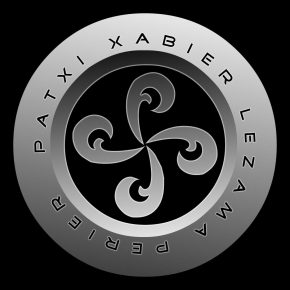
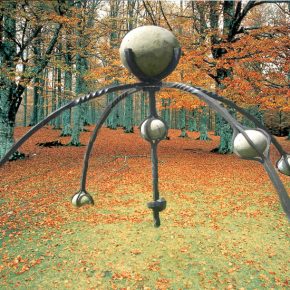
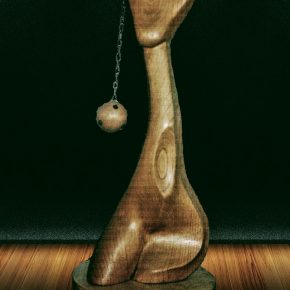
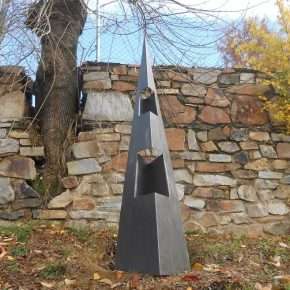
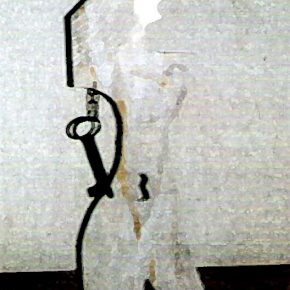
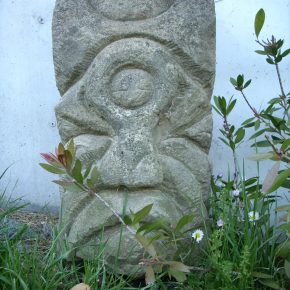
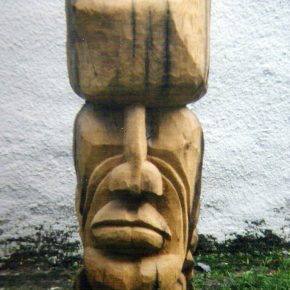
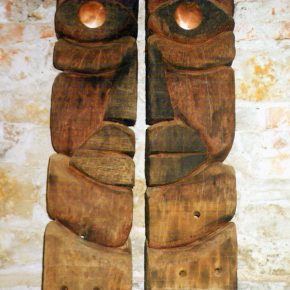
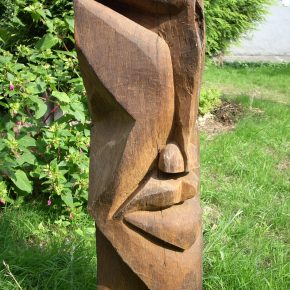
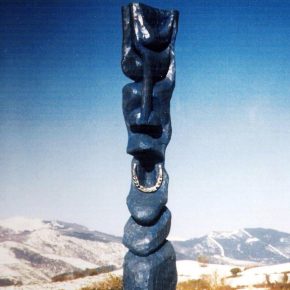
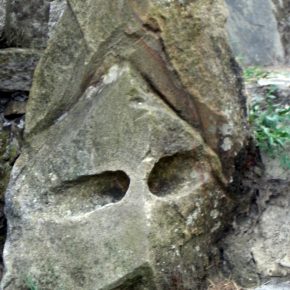
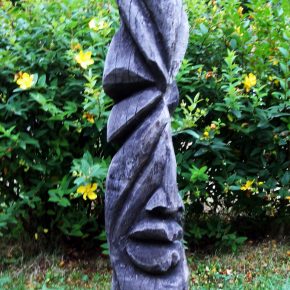
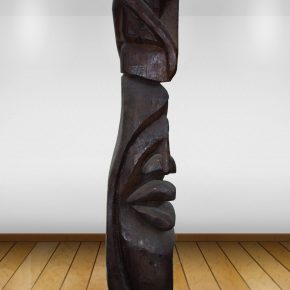
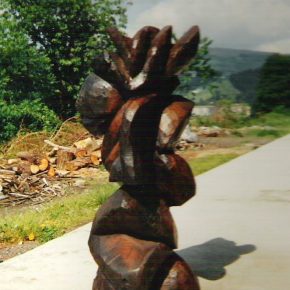
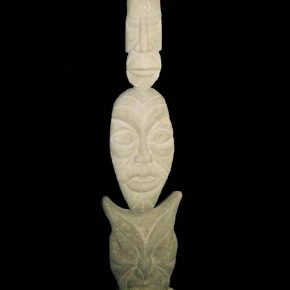
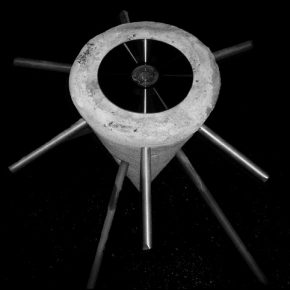
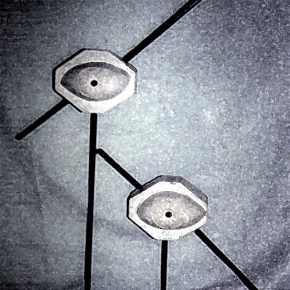
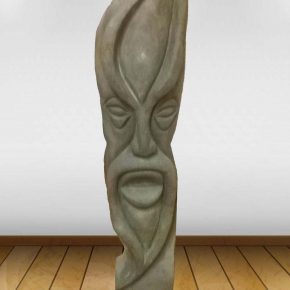
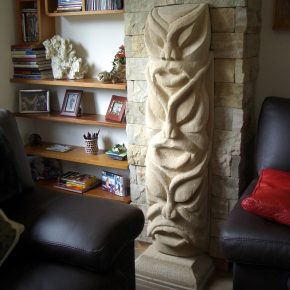
Pingback: Synchronized Chaos March 2018: There and Back Again – SYNCHRONIZED CHAOS.